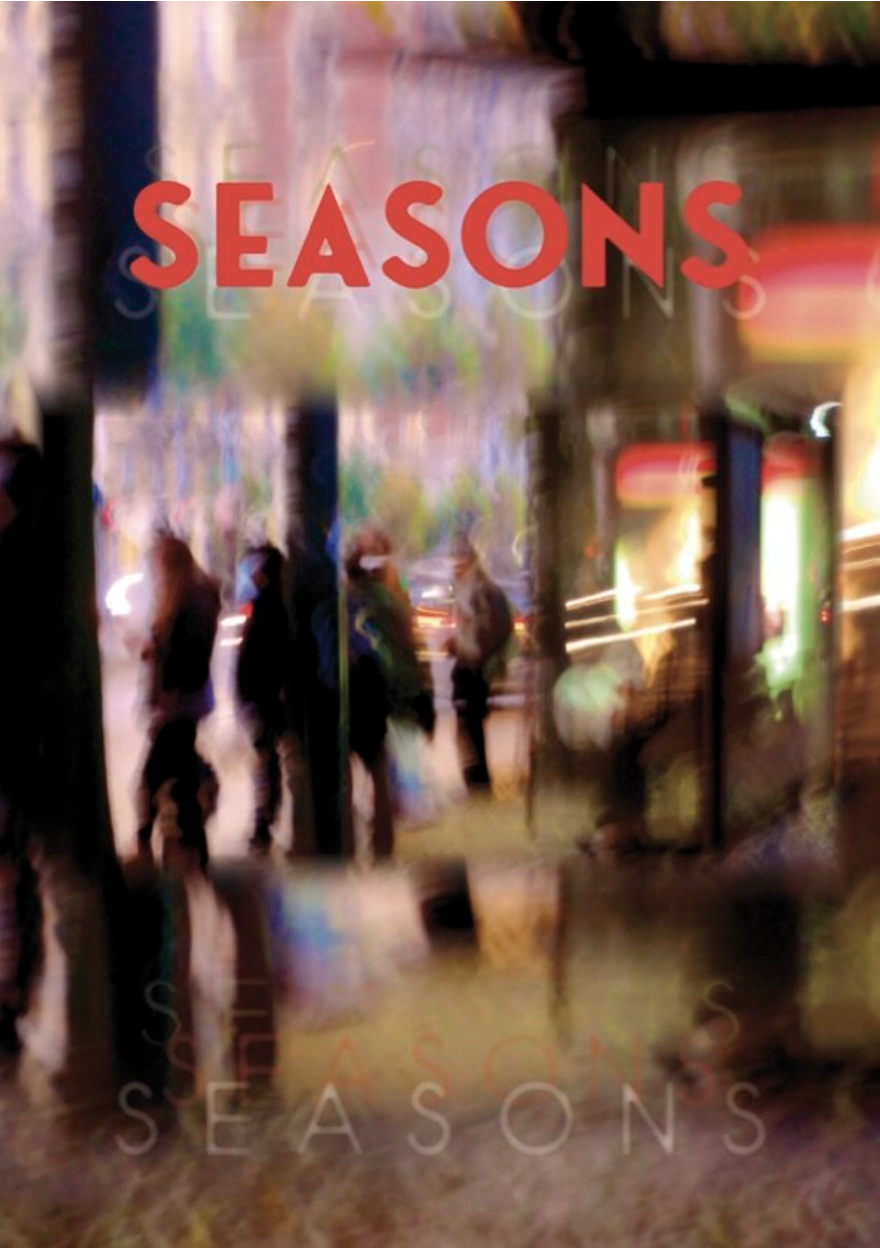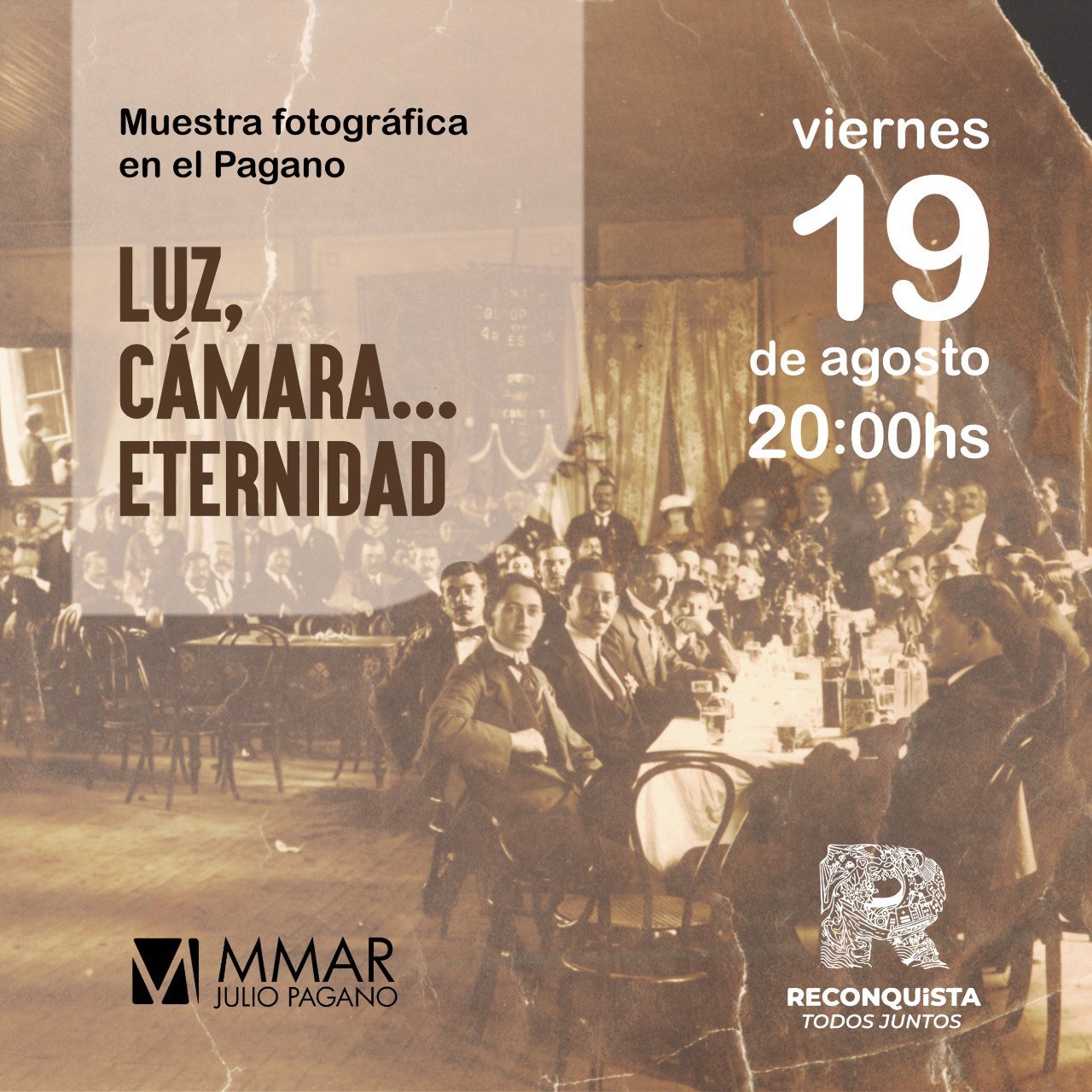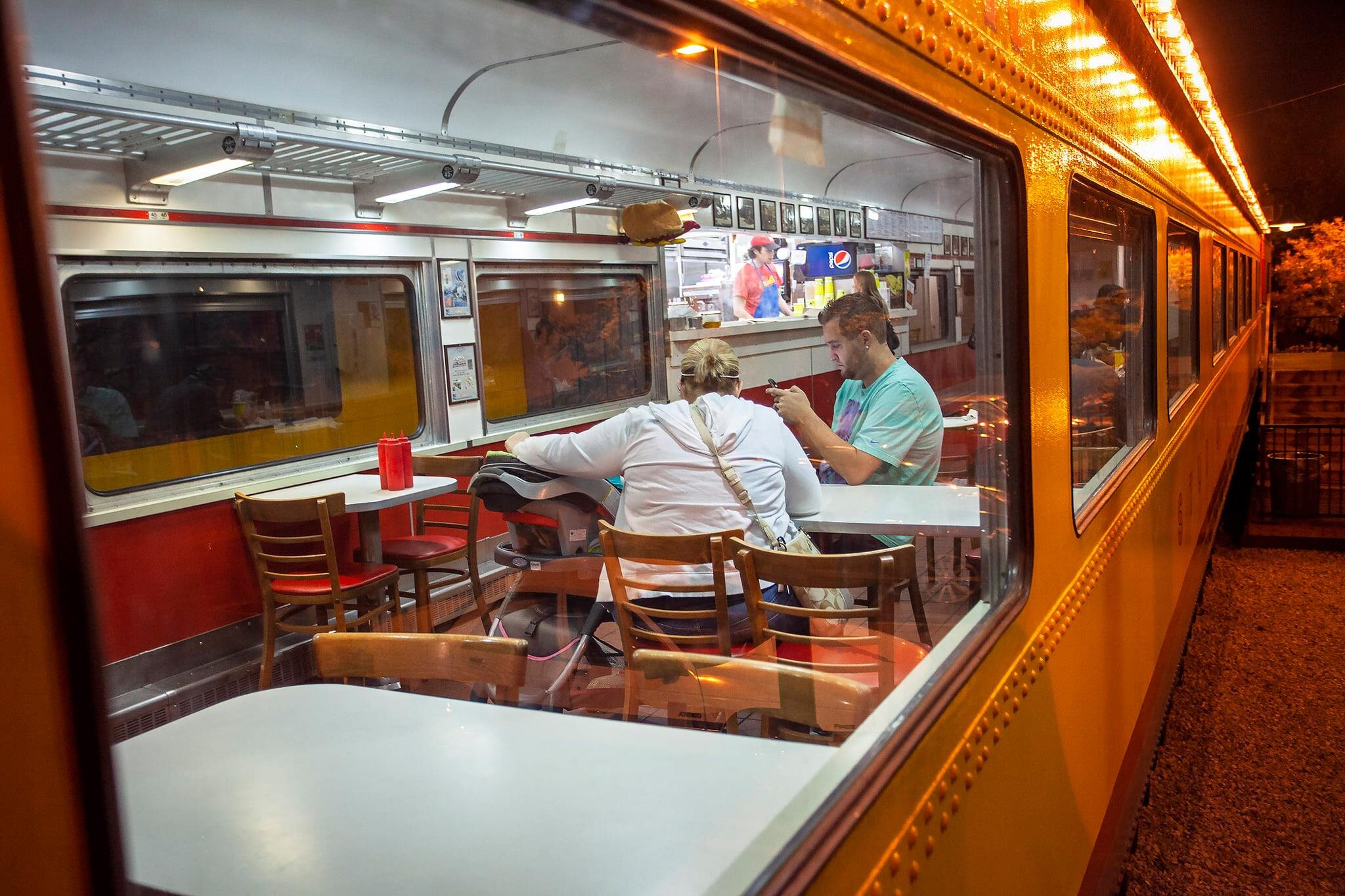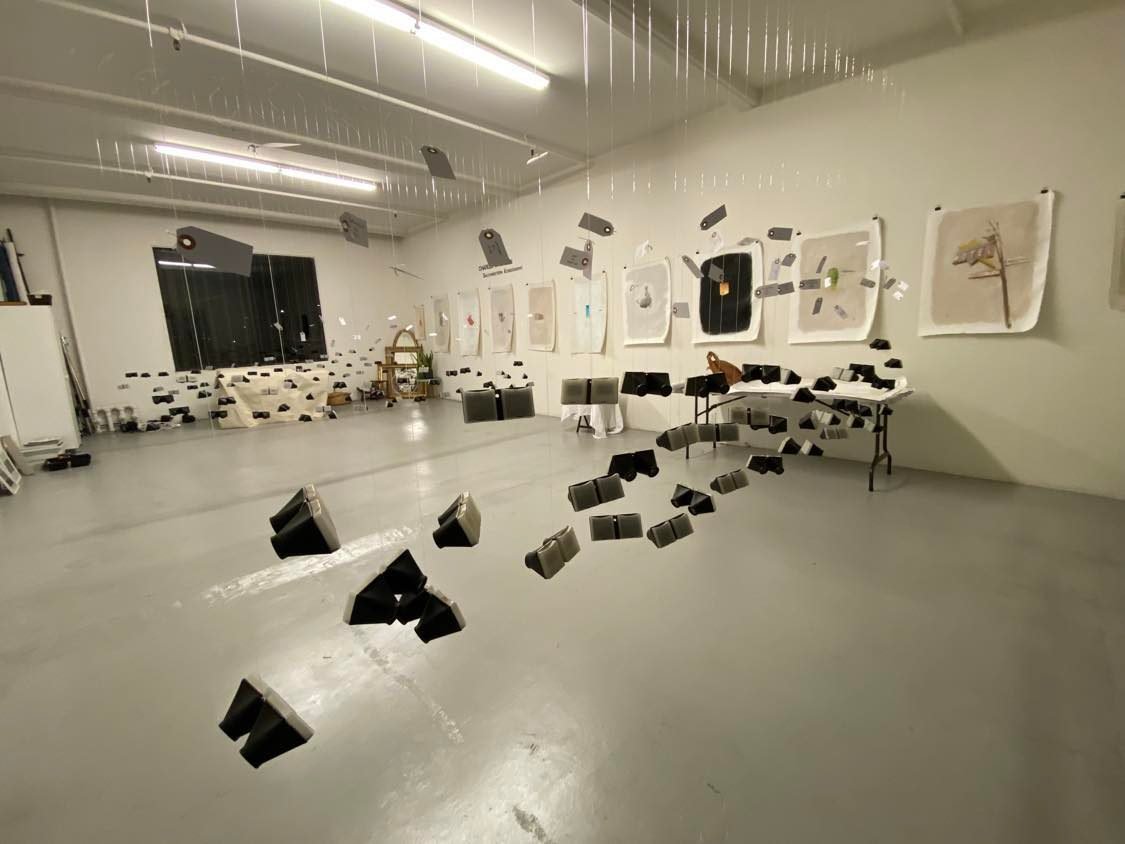James Payne
a social photographer who is interested in life and in people around him
After years of nature photography, darkroom compositing, graphic work etc I took a trip to New York City with a bag full of Kodachrome 25. When the film came back I abandoned all other photo interests except street and environmental portraiture. People became my main interest.
James Payne (born 1950, Chicago, IL) lives in Southern California. His interest in the larger world was inspired when he received his first library card. The local library was a refuge, he spent most afternoons picking out books that showed a much bigger world than he had imagined. He was given a plastic Kodak Brownie camera as a holiday gift one year, it was another gateway to explore the world.
He began his more serious pursuit of photography in 1968, traveling throughout Eastern Canada and the Eastern U.S. Seaboard and photographing whatever he found interesting. In 1975 he was told he was losing his eyesight. He decided to formalize his interest and enrolled at Southern Illinois University, wanting to do as much photography as possible before he lost his vision. He earned a BFA in Cinema and Photography in 1978. His career has taken many related turns as a still photographer, animation cameraman in Chicago and Los Angeles, and graphic designer in the communications industry.
His own work is concentrated in two channels, both begun simultaneously. One body of work is street photography. He is driven by curiosity regarding how people interact with each other and with the urban environments that they inhabit. His street photography began in the 1970’s and is ongoing.
He also began taking portraits of his friends and neighbors in 1977, but choose to shoot these portraits in his friends’ homes to capture the environments people create for themselves. The conscious or unconscious way they decorate, organize, and live reflect their priorities. This series is all photographed in 3D, which immerses the viewer into the rooms they are viewing. This project began in 1977 and has continued for 43 years, and is also ongoing.
Payne has been influenced by German photographer August Sander (1876-1964), who also sought to create honest documentation of an age with his portraits of Germans in simple settings in the 1920s and 30s. Sander wanted to make viewers aware of social and cultural dimensions by showing the character of different social classes.
Other influences on Payne include another Chicago-born photographer, Bruce Davidson (b. 1933), who is best known for his immersive sociopolitical photographic essays that recorded images with a compelling sensitivity; and Diane Arbus, who also used a very direct approach in capturing her photographic subjects.
2024
As a college student in the 1970s, James Payne created a series of 3D photographic portraits of his neighbours and friends in their homes in Illinois. More then fifty years later, he is still taking photos. American Portraits is now made up over 400 3D portraits representing lives from a diverse cross section of American society, and each photo has a story. In this interview, James shares some of the stories behind his photos, as well as his own journey through blindness, retinal surgery, and over half a century of photographic practice.
American Portraits (in 3D)
Group Exhibitions
My excitement is always discovery. I don’t move objects, or pose people. I am a hunter in my street work, a farmer in my portraiture work. A true Gemini.

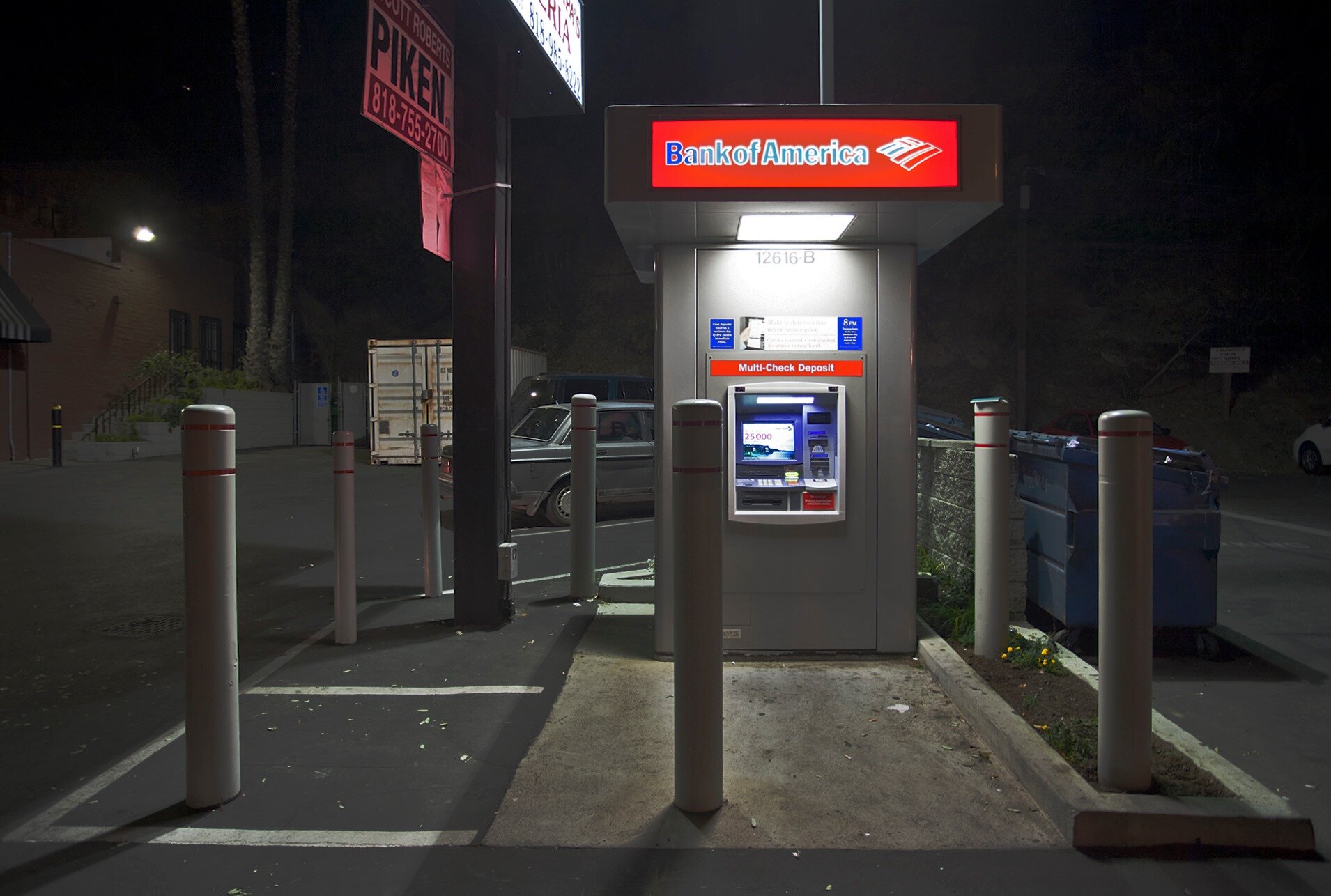
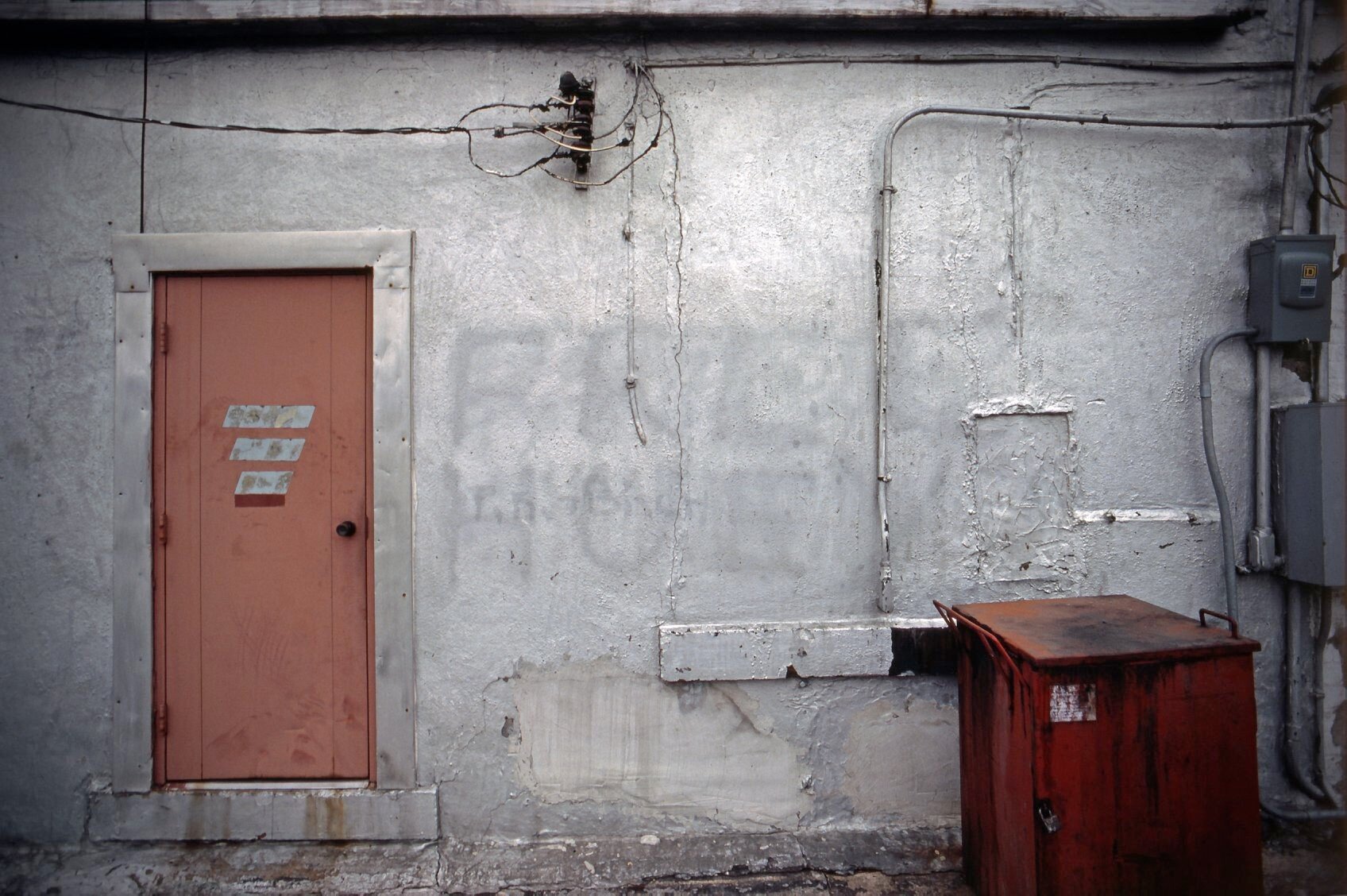
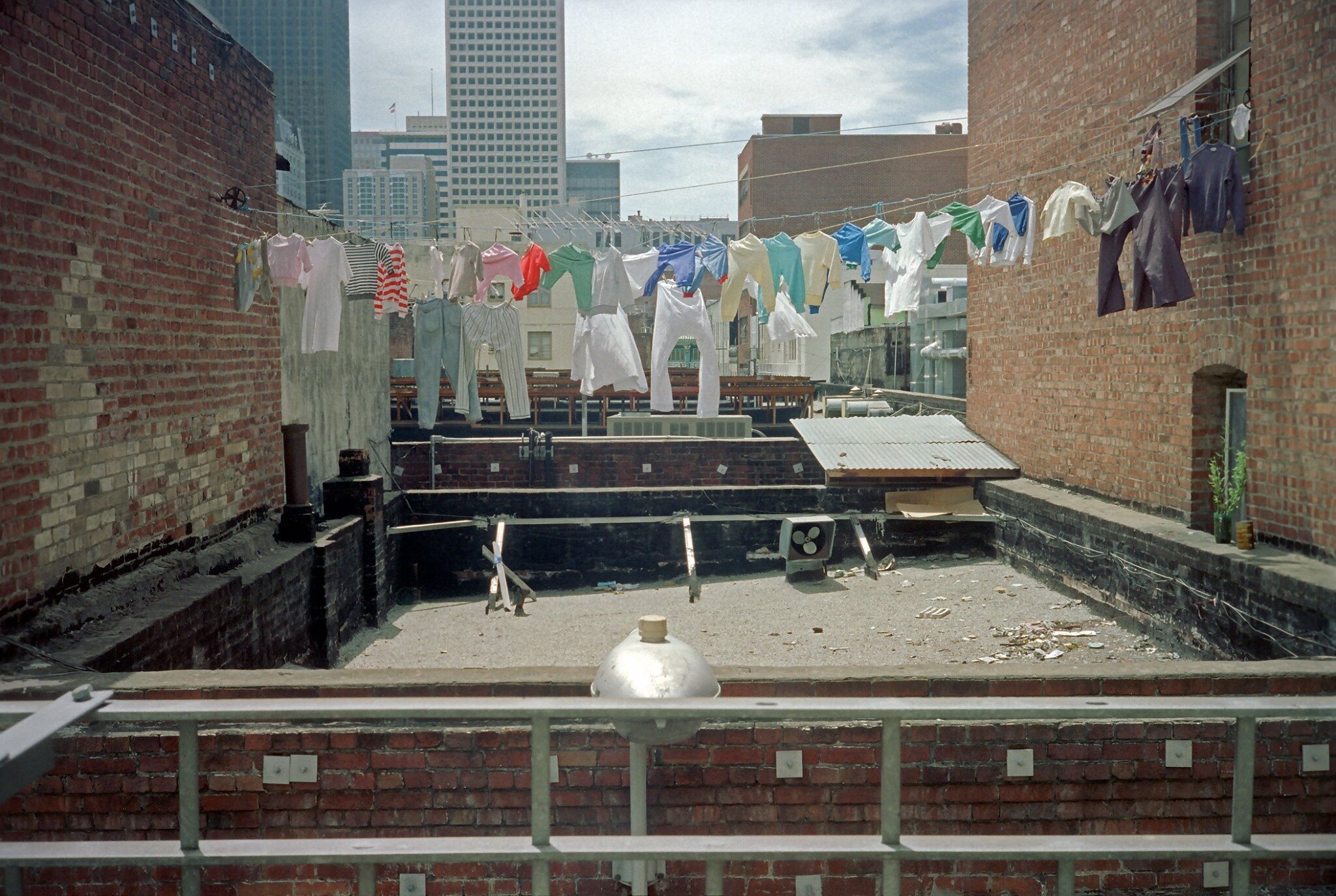
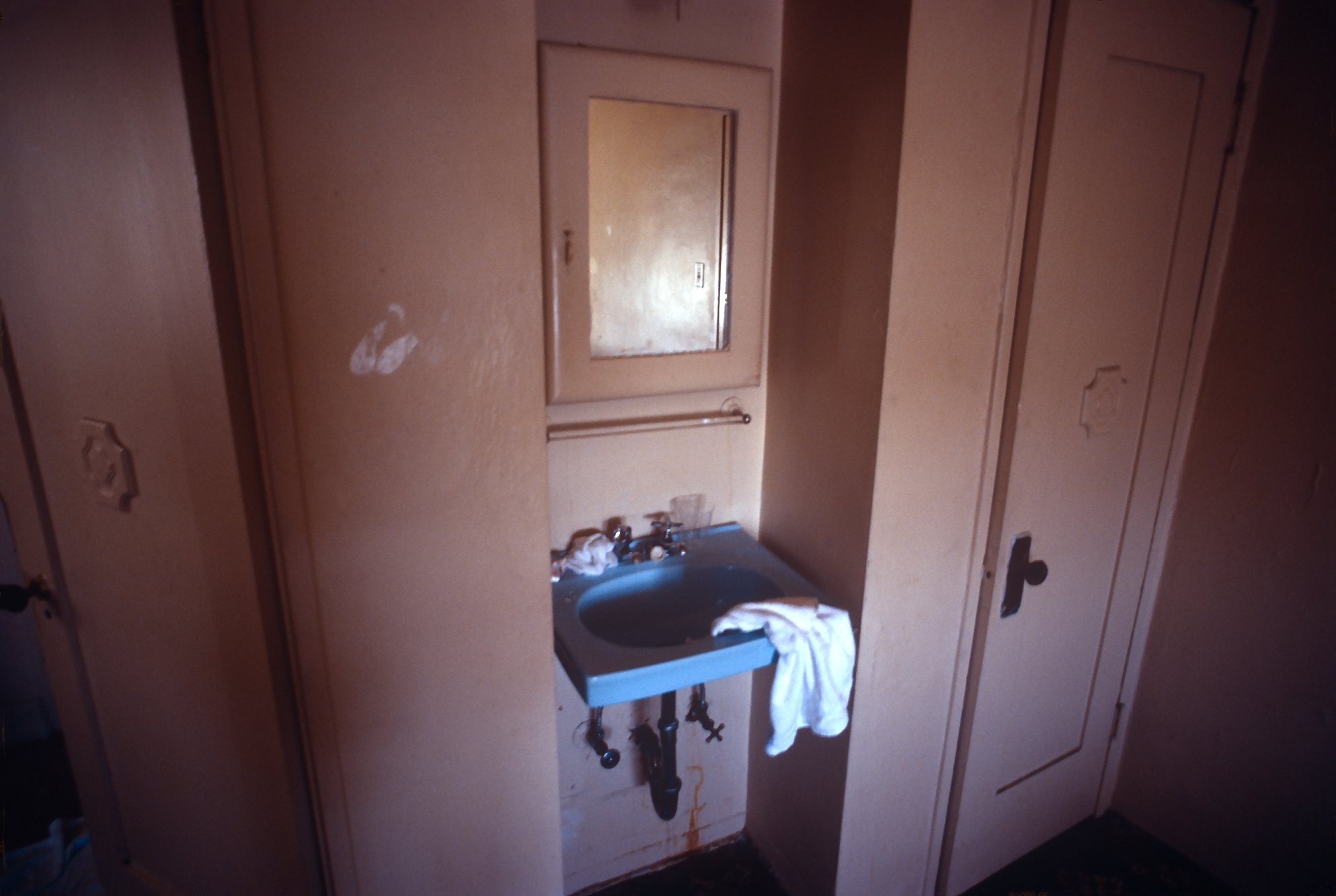
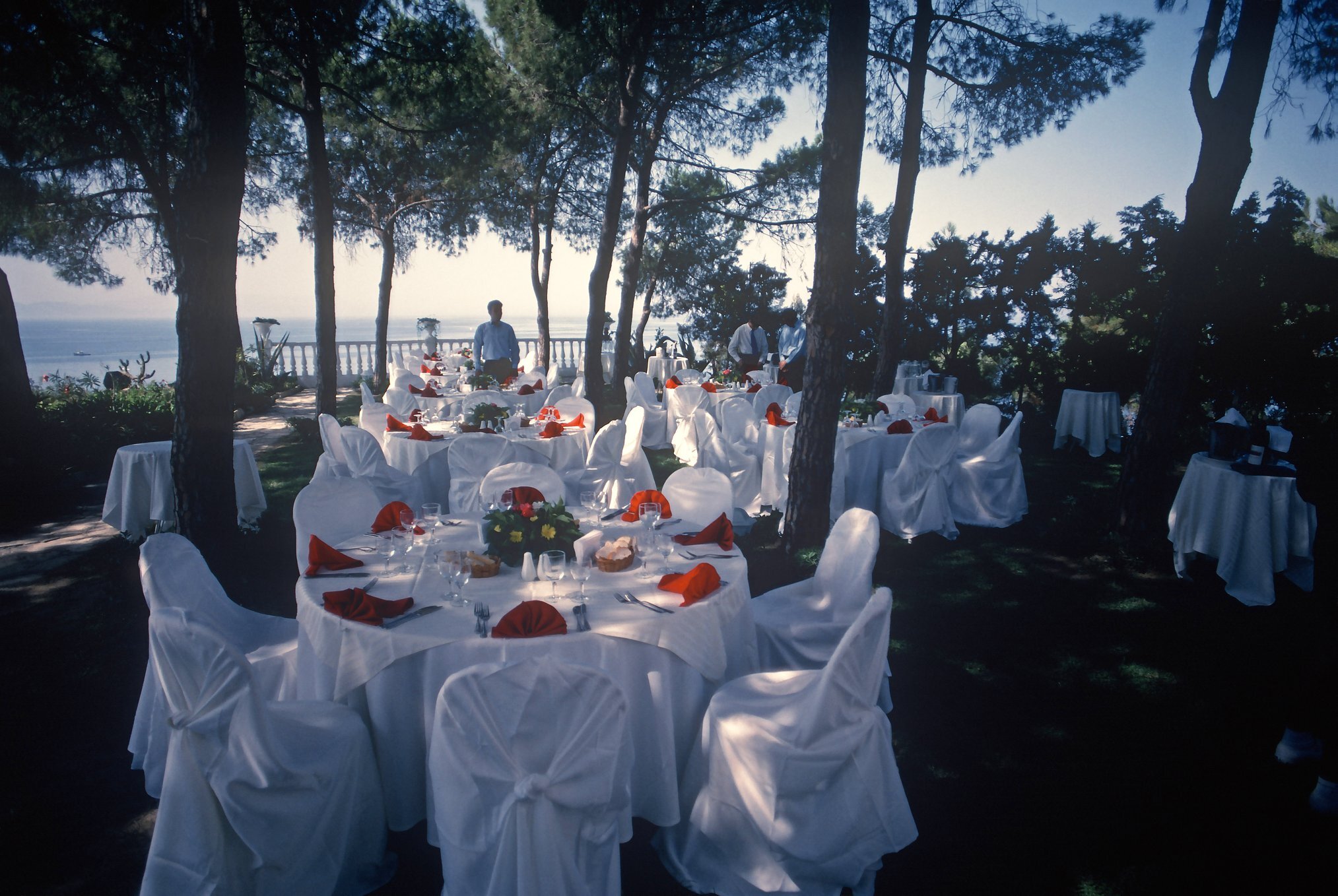
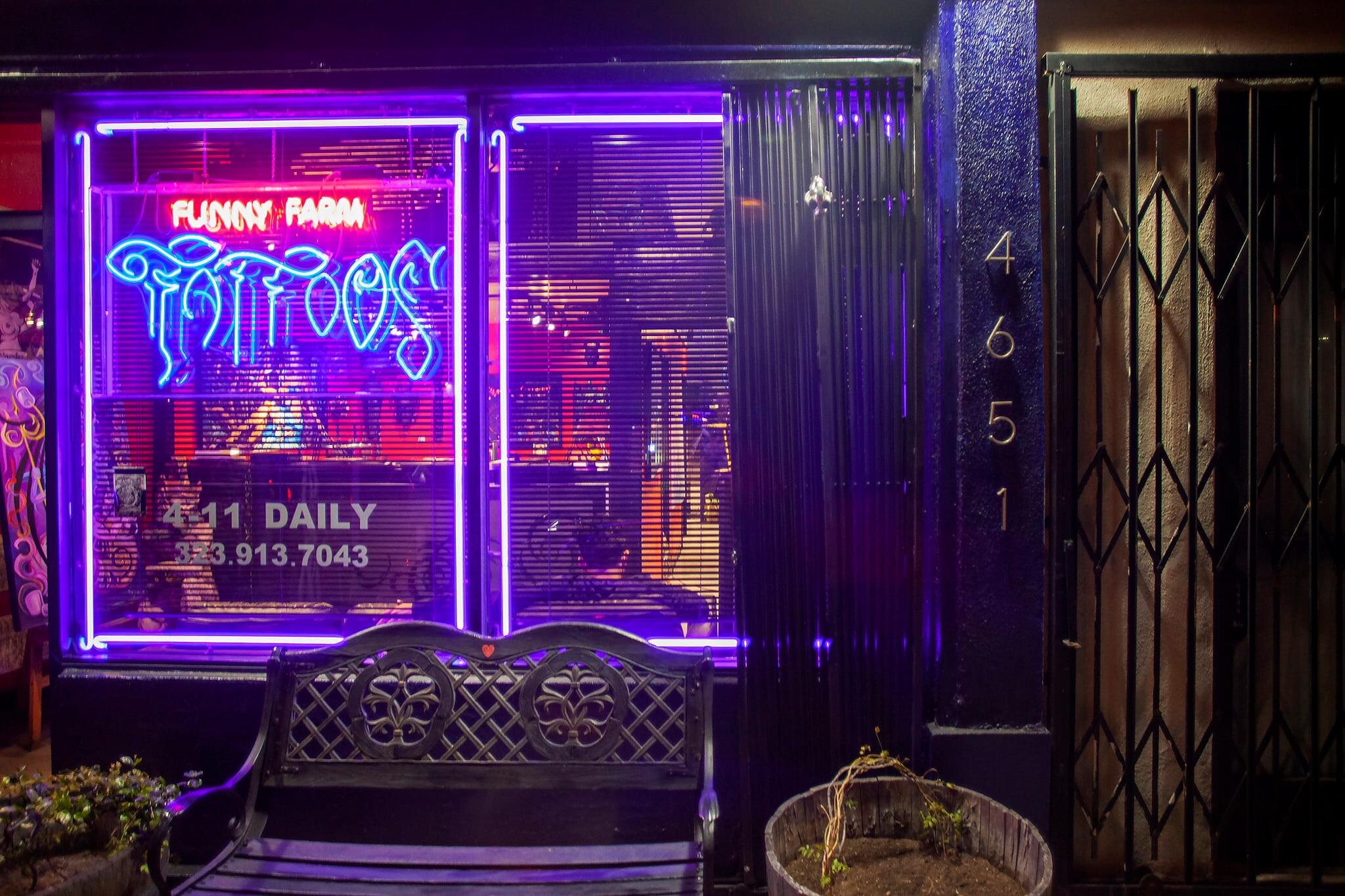
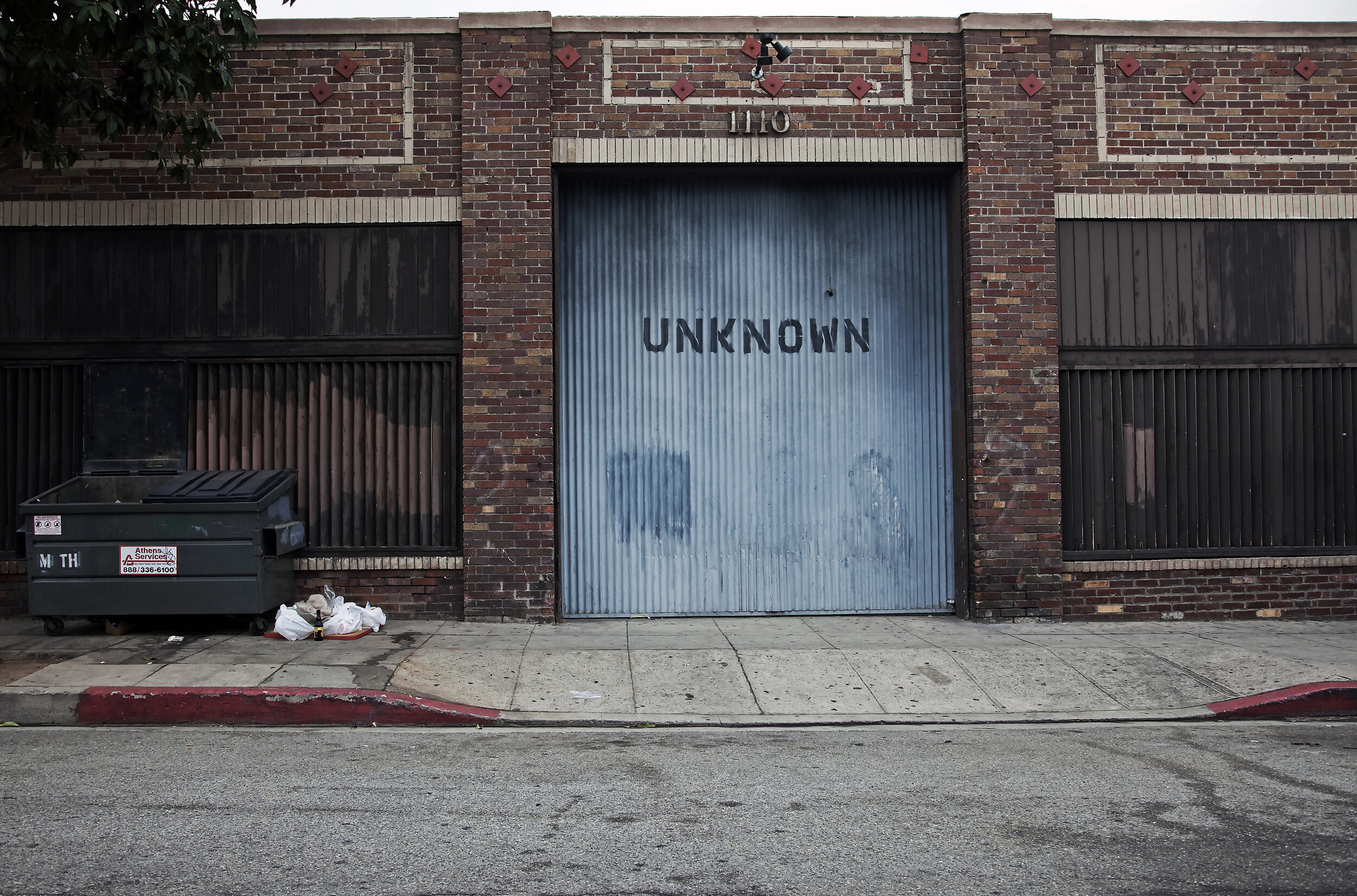
Analogue Photos
American Portraits (in 3D)
In 1977, while living in an apartment complex in Southern Illinois, I began my decades-long American Portraits project. I was taking a class in documentary photography, and chose to photograph people I knew in the married family housing complex on campus. All of the units in the complex had white walls and the same floor plan. Painting the walls was prohibited (although some tenants did). Noticing how people configured their environments in different ways and as reflections of their personalities and values, I began documenting my friends and neighbors in the complex.
I decided at that time to shoot them in 3-D in order to see if that added dimension would immerse us even further into these environmental portraits.
American Portraits is a visual record of geographic, economic, professional, and lifestyle choices of the people in the images. What began in 1977 in Southern Illinois has now expanded to include all of my friends and family in the many places I have lived, and worked. As my own life has progressed and changed, the project has become a self-portrait by reflection. The people I have befriended; worked with; am related to; and share values with; are all a part of who I am.
In making these 3-D photographs, I ask my collaborators to choose their own settings and to pose in their natural environments. I avoid giving direction because doing so obscures their conscious or unconscious (and often revealing) choices. Some people present themselves in a more formal way, some even choose to dress in costume, while others create a dramatic or a chaotic environment. Both reveal who they are. As a result, some images are very honest; others are masquerades.
My goal is to reveal the personalities of the people I photograph within the unique historical and social milieu they inhabit.
I was given a plastic Kodak Brownie camera as a holiday gift one year, it was another gateway to explore the world.
Brownie






































